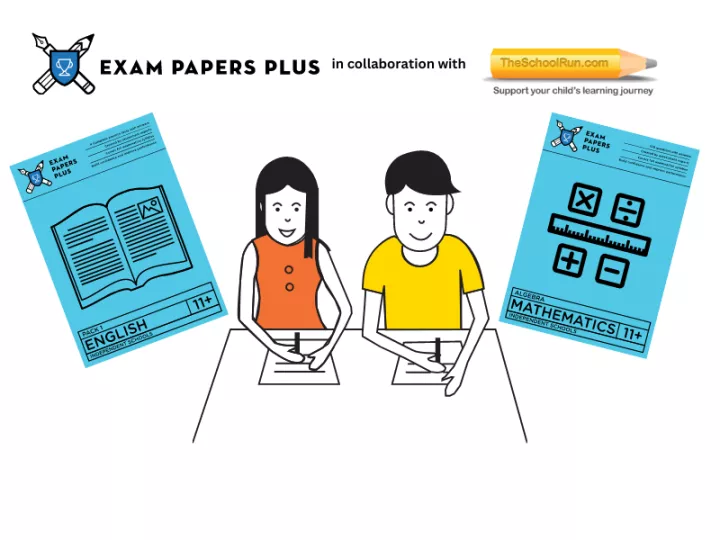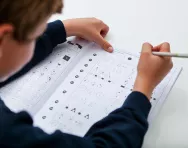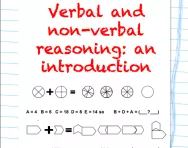TheSchoolRun.com closure date
As we informed you a few months ago, TheSchoolRun has had to make the difficult decision to close due to financial pressures and the company has now ceased trading. We had hoped to keep our content available through a partnership with another educational provider, but this provider has since withdrawn from the agreement.
As a result, we now have to permanently close TheSchoolRun.com. However, to give subscribers time to download any content they’d like to keep, we will keep the website open until 31st July 2025. After this date, the site will be taken down and there will be no further access to any resources. We strongly encourage you to download and save any resources you think you may want to use in the future.
In particular, we suggest downloading:
- Learning packs
- All the worksheets from the 11+ programme, if you are following this with your child
- Complete Learning Journey programmes (the packs below include all 40 worksheets for each programme)
You should already have received 16 primary school eBooks (worth £108.84) to download and keep. If you haven’t received these, please contact us at [email protected] before 31st July 2025, and we will send them to you.
We are very sorry that there is no way to continue offering access to resources and sincerely apologise for the inconvenience caused.
GL Assessment 11+ tests explained for parents

Every September, thousands of children across the UK sit 11+ tests to determine whether they’re suitable for a grammar school education – and many of these children will take tests developed by GL Assessment. ‘Our 11+ tests are used in around half the selective secondary schools and local authorities in England,’ explains Dr Ian Helm, who leads on the 11+ within GL Assessment. ‘We also provide one of the two entrance assessments used for admission to grammar schools in Northern Ireland.’
What do the tests involve?
Because schools’ and local authorities’ requirements vary, there’s no such thing as a one-size-fits-all 11+ test. ‘Our customers tell us what they want to test, the required format of the paper and the length of the exam, and we design a test that meets their specific requirements while ensuring best practice is followed,’ says Ian.
GL Assessment 11+ tests consist of one or more of four main areas:
- Verbal reasoning (VR) and non-verbal reasoning (NVR), which have been proven to be the best way to predict future academic potential.
- Mathematics and English, which provide a good and reliable indication of current achievement.
‘VR and NVR tests are a good way to assess “pure” ability as they do not rely on what your child has already learnt,’ explains Ian. ‘This means that the test does not disadvantage children who have had fewer opportunities to develop good reading skills and vocabulary at their school.’
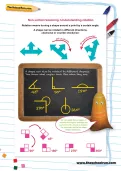
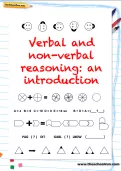
Prepare Your Child For The 11+ Exam
- Essential 11+ English and maths skills
- Verbal and non-verbal reasoning questions
- Reading comprehension worksheets
- CLOZE test worksheets
Some schools and areas also use English and/or maths 11+ tests. These are mainly based on curriculum content covered during the early part of Year 6, and are sometimes used alongside VR and NVR tests to establish how much pupils have achieved in their schooling so far.
A minority of schools use GL Assessment tests in conjunction with their own internally written tests. This varies from school to school depending on how they prefer to select their pupils; some schools include an extended writing paper, for example.
How are the tests developed?
All of the questions on GL Assessment’s 11+ papers are taken from its Question Bank, a secure collection of 13,000 questions that is continually being expanded with new questions and question types. ‘Each question is thoroughly trialled and validated on groups of pupils before being approved for use,’ explains Ian. ‘It takes us two years for us to produce a new test paper because once we have written it, we trial it with a wide range of children and our team of statisticians analyses the results to ensure there is no bias towards any group.’
GL Assessment’s admissions team is made up of people who are highly trained and experienced in all aspects of academic research and selection. ‘The team consists of test commissioners who make sure the content and length of the test are right, developers who create questions that are free from bias, and statisticians who examine the results and report back to schools,’ Ian says. ‘We also have a dedicated team that is responsible for trialling test questions on students before they are approved for use.’
Are GL 11+ tests the same as NFER tests?
You might well hear the names GL Assessment and NFER used interchangeably when people talk about the 11+. GL Assessment was originally founded by the National Foundation for Educational Research (NFER). While the two organisations are now separate, they continue to work together on a number of assessment projects, and the NFER still writes some of the questions for GL Assessment’s 11+ tests.
Are summer-born children at a disadvantage?
In an average school year group, children’s ages will vary by almost 12 months, and the oldest children will typically achieve higher 11+ scores than their younger counterparts. The best and fairest way to deal with this issue is to age-standardise the test results. ‘This means we can account for the exact age of the pupil so that every child is on a level playing field,’ Ian says.
Should my child be tutored or coached for the test?
‘We advise against coaching your child for the test because it will have no real impact on their performance,’ Ian says. ‘We vary the questions presented on each test to eliminate any advantage that pupils could gain through tutoring, and we do not publish past 11+ test papers for the same reason.’
Familiarisation, on the other hand, is essential. ‘Children sitting the 11+ are probably facing their first formal exam,’ Ian explains. ‘Everything is unfamiliar – from the exam hall to managing their time to the way the paper is laid out. You wouldn’t enrol your child in swimming lessons without a couple of trips to the swimming pool first to get them used to the water, and you shouldn’t get them to sit an important exam without familiarising them with the format.’ To this end, GL Assessment produces a limited range of practice papers, and also provides schools and local authorities with familiarisation materials to share with parents and children.
Exam Papers Plus & TheSchoolRun
If you're looking for practice papers for your child's 11+, our partners at Exam Papers Plus have papers, courses and mock exams for each area.
And their Pretest Plus is full of online tests and video courses to help your child succeed at CAT, ISEB PRETEST, CEM SELECT and UKISET examinations.
What if I’m unhappy with my child’s result?
Speak to the school in the first instance. ‘Each school has its own appeals process, which should be outlined on its website within the admissions policy,’ Ian says. ‘We don’t handle individual appeals directly, but we will answer queries from schools in relation to their own appeals processes.’
NB: TheSchoolRun receives a small commission from sales made through Exam Paper Plus.
